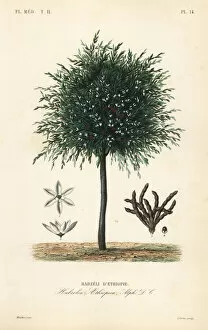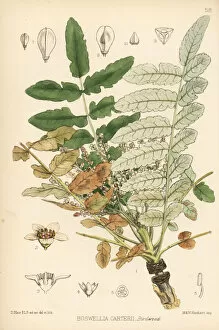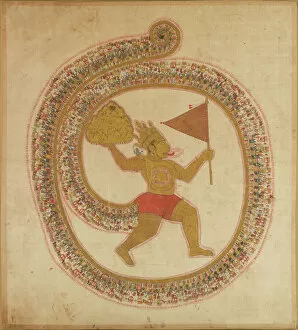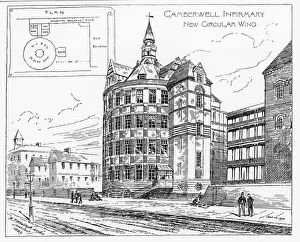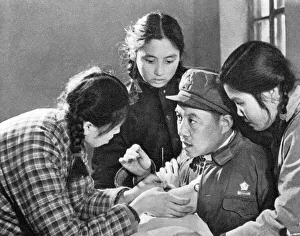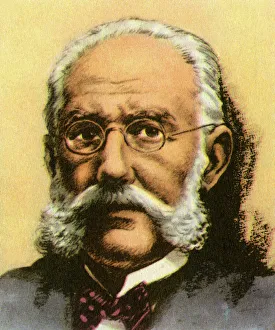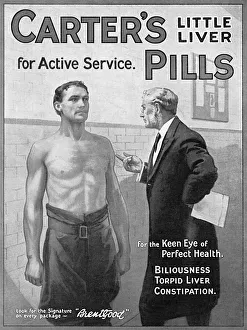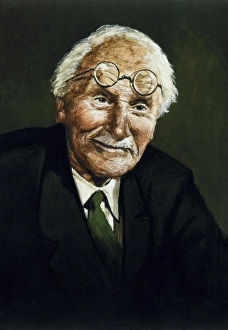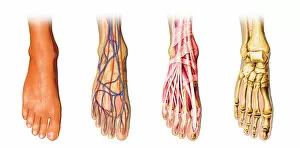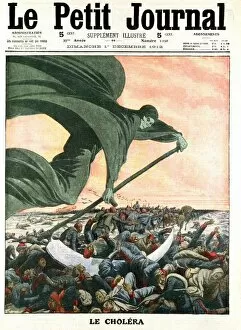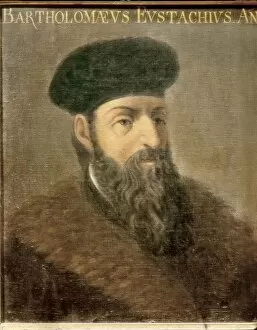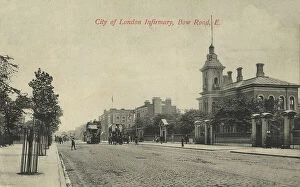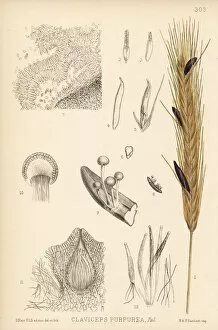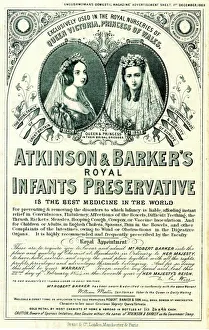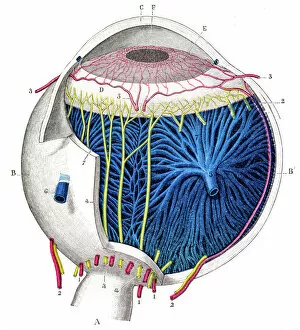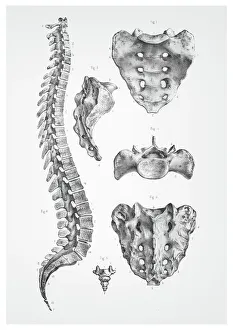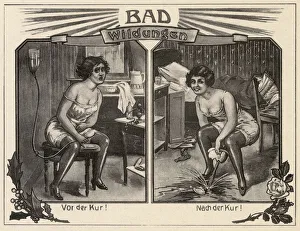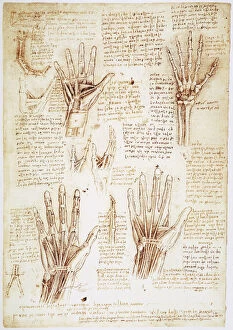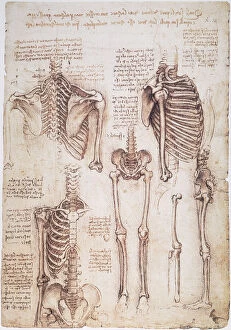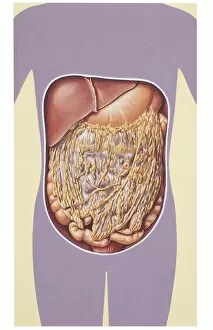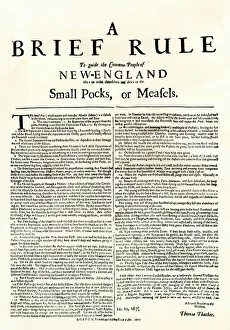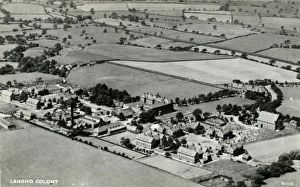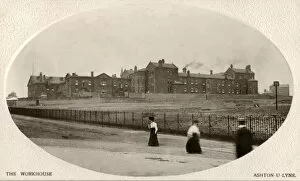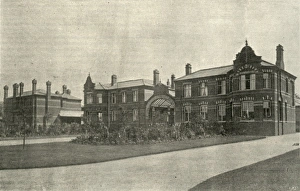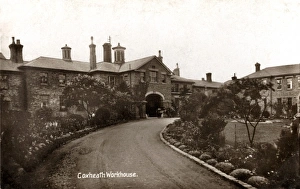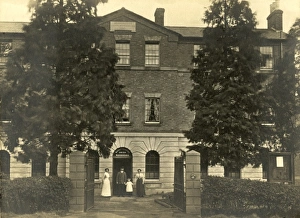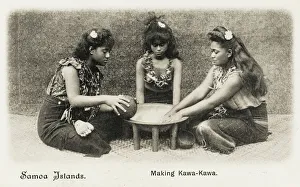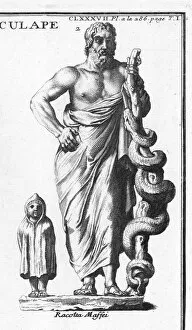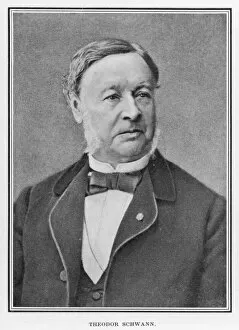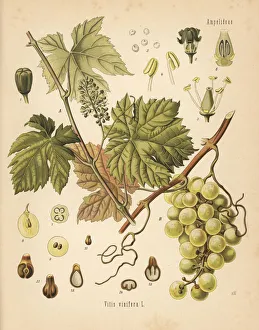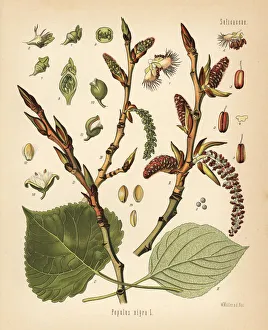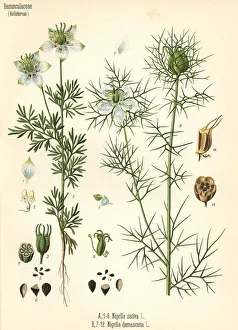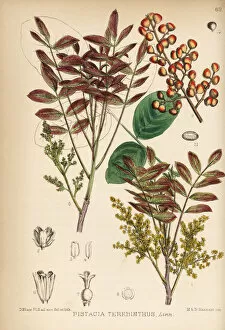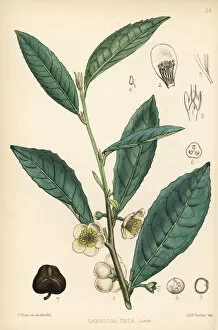Medicine Collection (page 3)
"Unveiling the Intricacies of Medicine: From Ancient Ethics to Modern Innovations" Step into the world of medicine
All Professionally Made to Order for Quick Shipping
"Unveiling the Intricacies of Medicine: From Ancient Ethics to Modern Innovations" Step into the world of medicine, where knowledge and compassion intertwine to heal and save lives. Explore the depths of this captivating field through a journey encompassing various milestones and remarkable individuals. Delve into Santiago Ramon Y Cajal's groundbreaking work on cortical grey matter schema, unraveling the complexities of our brain's structure. Witness James Gillray's satirical etching depicting Edward Jenner's revolutionary discovery of vaccination against smallpox in 1802. Travel to Shotley Bridge General Hospital in County Durham, an emblematic institution that has provided care for countless patients throughout history. Marvel at The Middlesex Hospital in London, a beacon of medical excellence since its establishment. Discover the Hippocratic oath, a timeless code embodying ethical conduct for practitioners of medicine. Admire an ancient Byzantine manuscript from the 12th century bearing this sacred text written in the form of a cross. Immerse yourself in an inferior view anatomy illustration showcasing the intricate beauty and complexity of our human brain. Learn about Spanish neuroscientist Santiago Ramon Y Cajal's contributions that revolutionized our understanding of neuroscience. Reflect upon WW1 silhouettes portraying wounded soldiers receiving vital medical care amidst chaos and devastation. Celebrate Elizabeth Garrett Anderson, a pioneering woman who shattered barriers as one of Britain's first female doctors. Witness St Thomas Hospital standing tall as a symbol of resilience and dedication in providing exceptional healthcare services for centuries. Contemplate "Deaths Dispensary, " an 1866 cartoon highlighting water pollution as a source contributing to disease outbreaks - emphasizing public health concerns even then. Finally, marvel at how anesthesia forever transformed surgery with its first use in 1846 - relieving pain and enabling complex procedures previously unimaginable. Medicine is not merely science; it is artistry combined with empathy that continues to evolve through time. It embodies the relentless pursuit of knowledge, compassion for humanity, and a commitment to healing.

